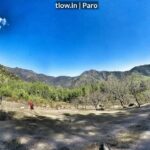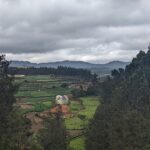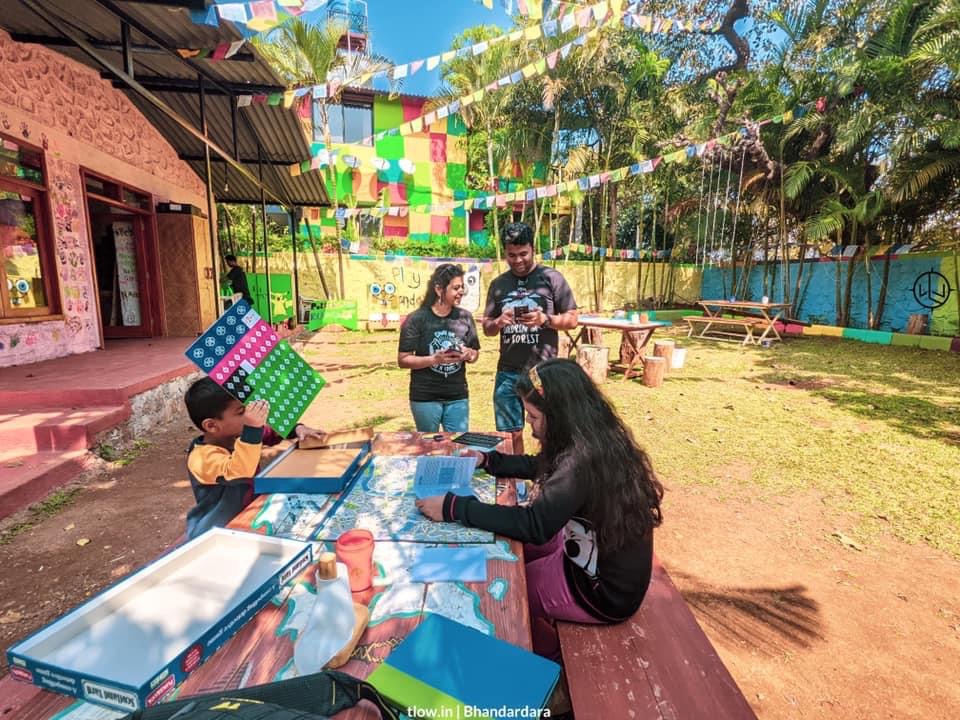
10 Fun Ways backpacking and homeschooling go hand in hand
Post Covid and the forced home schooling and online classes, a number of parents have opted for this method to continue. A larger number of children than earlier are now being homeschooled. There are a large number of challenges when it comes to homeschooling particularly in the social aspect.
Backpacking can be a great way for people to make new friends. A homeschooler can benefit greatly from a backpacking experience. Homeschooling while backpacking can be an exciting and enriching experience for both you and your child. Backpacking and homeschooling can go hand in hand in several ways:
Homeschooling
1. Flexibility in scheduling:
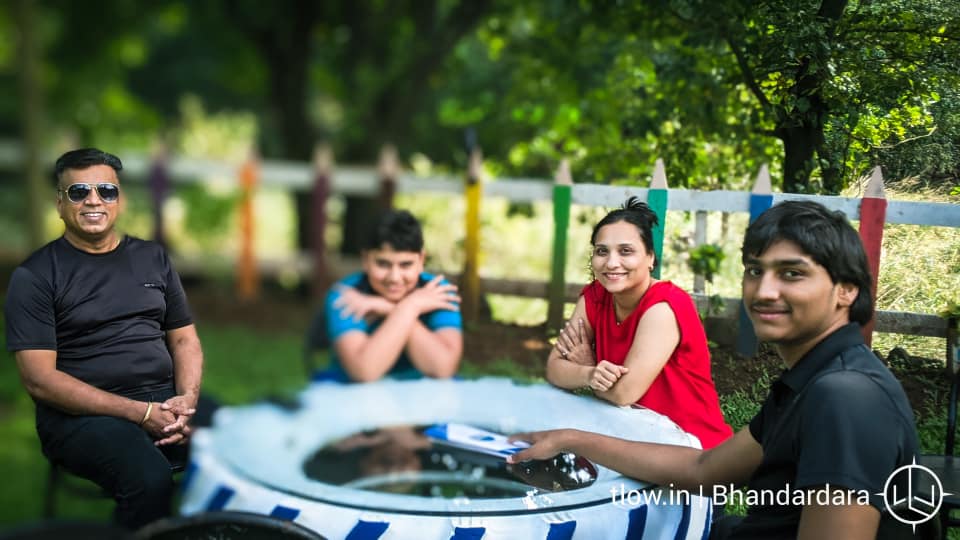
Homeschooling allows for flexibility in scheduling, which can be beneficial when backpacking. Since there are no strict school hours, you can plan your backpacking trip during off-peak seasons or for extended periods without worrying about missing school days. Design a flexible schedule that balances educational activities with exploration and free time. This allows your child to learn at their own pace and also ensures that you have enough time to explore and experience the places you’re visiting.
2. Real-life learning opportunities:
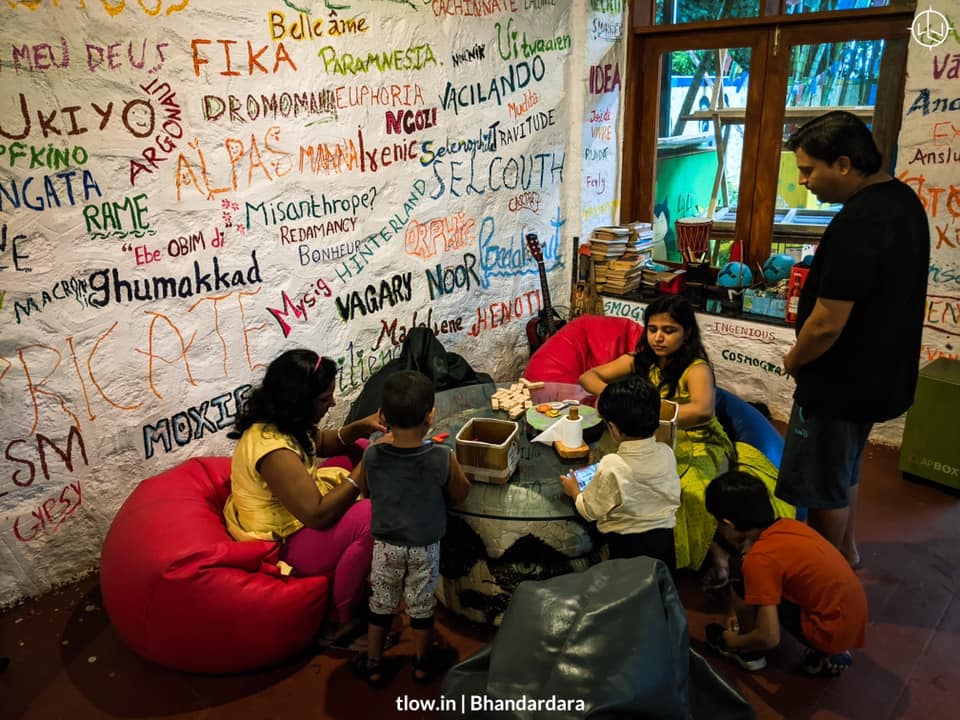
Backpacking provides rich real-life learning experiences. While exploring different destinations, your child can learn about geography, history, culture, and more. They can witness different ecosystems, engage with local communities, and gain practical knowledge that goes beyond the confines of a traditional classroom.
3. Experiential learning:
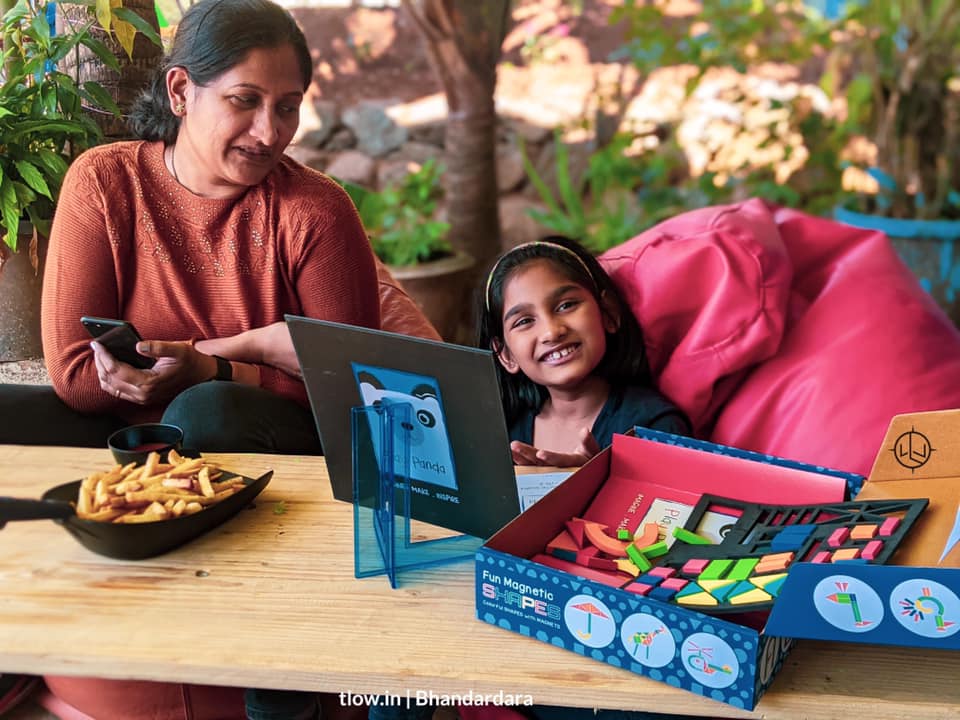
Backpacking offers hands-on, experiential learning opportunities. Your child can learn how to navigate, manage finances, problem-solve, adapt to new situations, and develop independence and resilience. These skills are invaluable and can enhance their overall education. Choose lightweight and portable learning materials that can fit in your backpack. These may include textbooks, workbooks, journals, educational apps, audio books, and interactive learning resources. Opt for digital versions if possible to reduce weight.
4. Cultural immersion:
Backpacking often involves interacting with people from different cultures and backgrounds. This exposure can broaden your child’s worldview, foster empathy, and promote cultural understanding. They will have the chance to learn languages, taste diverse cuisines, and explore local customs, all of which can contribute to their education.
5. Nature appreciation and environmental education:
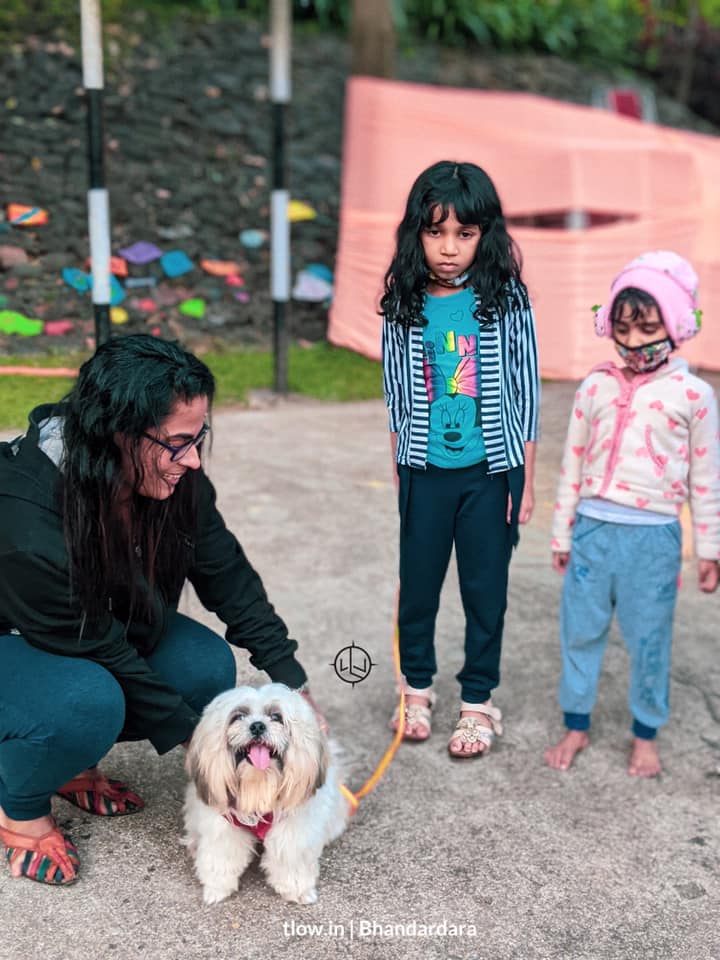
Backpacking usually takes place in outdoor environments like national parks, forests, and mountains. This allows your child to develop a deep appreciation for nature and the environment. They can learn about conservation, sustainable practices, and the importance of protecting our natural resources.
6. Self-directed learning:
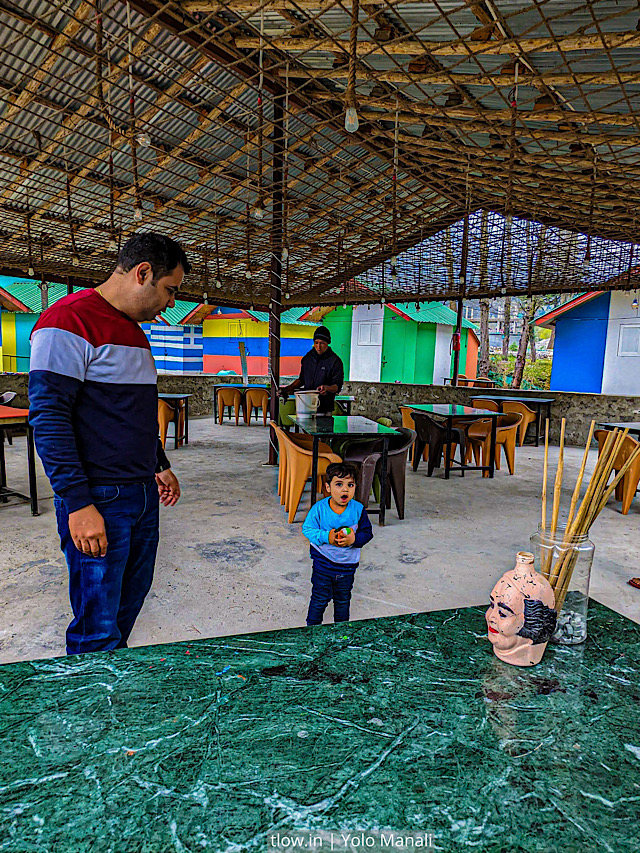
While backpacking, homeschooling can become more self-directed. Your child can take the initiative to research, plan, and participate in activities related to the destination they are exploring. This autonomy can promote self-motivation, self-discipline, and a love for lifelong learning.
7. Integration of subjects:
Backpacking provides opportunities to integrate various subjects into your homeschooling curriculum. For example, you can incorporate math by budgeting and tracking expenses, geography by studying maps and ecosystems, history by exploring cultural landmarks, and writing by documenting travel experiences in journals or blogs.
8. Global connections:
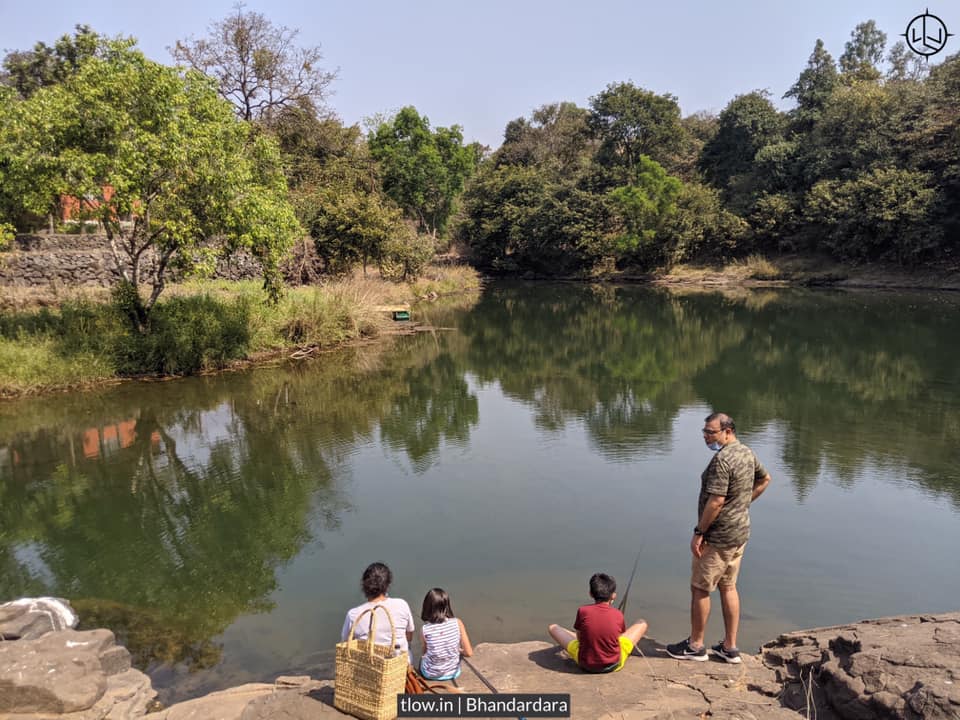
Backpacking can facilitate connections with other travellers, locals, or even online communities. Your child might meet other families who are homeschooling or connect with people through social media platforms. This can broaden their network, foster collaboration, and provide opportunities for cultural exchange.
9. Plan and Research:
Before your backpacking trip, research the destinations you’ll be visiting and identify educational opportunities. Look for historical sites, museums, cultural experiences, and natural wonders that align with your child’s curriculum or interests.
10. Incorporate Local Culture and History:
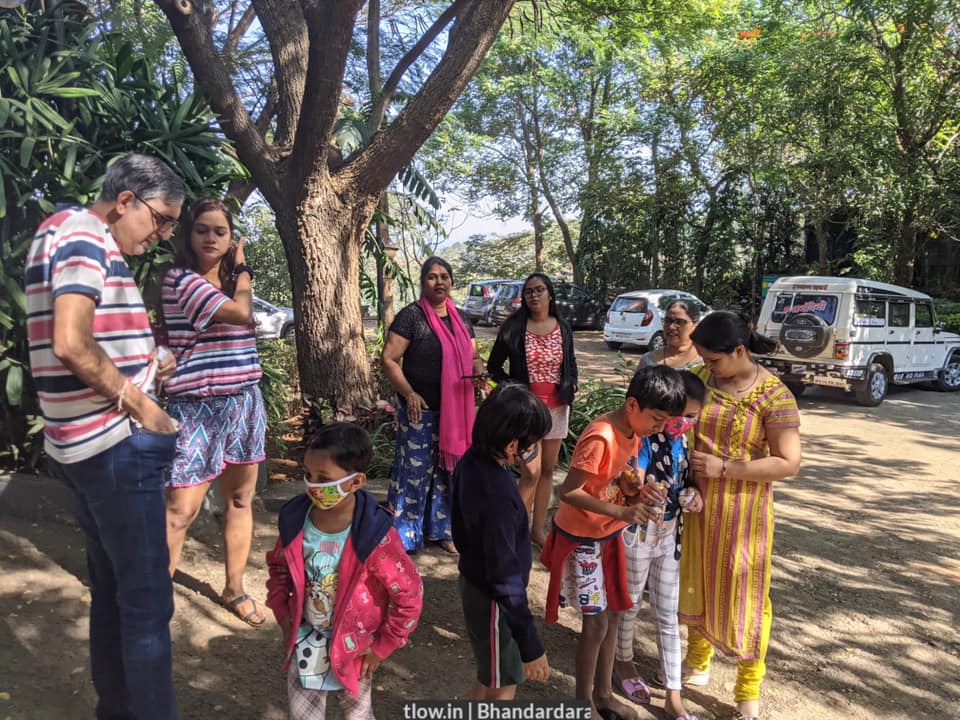
Use the destinations you visit as an opportunity to learn about local culture, history, and geography. Engage in conversations with local people, try regional cuisines, and participate in cultural events or festivals. This immersive experience will enhance your child’s understanding and appreciation of the places you visit.
It’s important to ensure a balance between travel and focused learning time. Discuss goals and expectations with your child, create a flexible curriculum, and make use of educational resources and tools while on the road.









